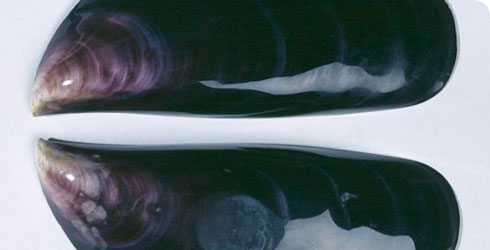Ocean acidification
The acidification of the world’s oceans is one of the most serious effects of climate change. The seas have absorbed about half of the extra carbon dioxide released by human activity since the industrial age.
When carbon dioxide dissolves in briny seawater, it forms carbonic acid. Scientists have already observed increasing quantities of this acid in the world's oceans. This trend is likely to continue as carbon dioxide levels in the atmosphere increase.
Effects on shells and skeletons
Ocean acidification makes it harder for sea creatures such as plankton and shellfish to form their calcium carbonate shells and skeletons. This could effect the whole ecosystem as these small organisms provide food for larger organisms such as fish and whales.
The time to act
The key to recovery will be to act before the oceans reach a point where they can no longer recover, even if carbon dioxide emissions were cut to pre-industrial levels. This is called the ‘tipping point’. When we reach it, the seas could become so acidic that plankton and the shells of winkles, oysters, mollusks, and many other marine animals start to dissolve.
Sea life could start to dissolve in the Antarctic Ocean by 2030 unless we act now.
Toolbox

Until 1938 whale carcasses were buried in the Museum grounds so that their flesh would decay leaving only the skeletons.
